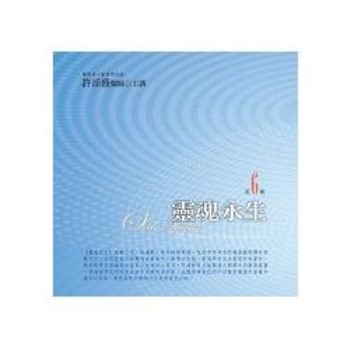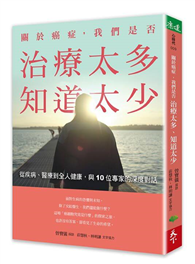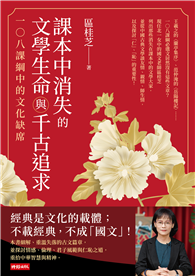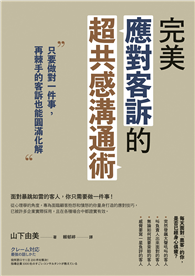In this innovative book, Gundula Kreuzer argues for the foundational role of technologies in the conception, production, and study of nineteenth-century opera. She shows how composers increasingly incorporated novel audiovisual effects in their works and how the uses and meanings of the required machineries consistently changed, sometimes still resonating in contemporary stagings, performance art, and popular culture. Focusing on devices (which she dubs “Wagnerian technologies”) intended to amalgamate opera’s various media while veiling their mechanics, Kreuzer offers a practical counternarrative to Wagner’s idealist theories of total illusionism. Curtain, Gong, Steam’s multifaceted exploration of the three titular technologies repositions Wagner as catalyst more than inventor in the history of operatic production. With its broad chronological and geographical scope, this book deepens our understanding of the material and mechanical conditions of historical operatic practice as well as of individual works, both well known and obscure.
| FindBook |
有 1 項符合
Curtain, Gong, Steam: Wagnerian Technologies of Nineteenth-Century Opera的圖書 |
 |
Curtain, Gong, Steam: Wagnerian Technologies of Nineteenth-Century Opera 作者:Kreuzer 出版社:Univ of California Pr 出版日期:2018-05-18 語言:英文 規格:精裝 / 15.2 x 22.9 x 2.5 cm / 普通級 |
| 圖書館借閱 |
| 國家圖書館 | 全國圖書書目資訊網 | 國立公共資訊圖書館 | 電子書服務平台 | MetaCat 跨館整合查詢 |
| 臺北市立圖書館 | 新北市立圖書館 | 基隆市公共圖書館 | 桃園市立圖書館 | 新竹縣公共圖書館 |
| 苗栗縣立圖書館 | 臺中市立圖書館 | 彰化縣公共圖書館 | 南投縣文化局 | 雲林縣公共圖書館 |
| 嘉義縣圖書館 | 臺南市立圖書館 | 高雄市立圖書館 | 屏東縣公共圖書館 | 宜蘭縣公共圖書館 |
| 花蓮縣文化局 | 臺東縣文化處 |
|
|
圖書介紹 - 資料來源:博客來 評分:
圖書名稱:Curtain, Gong, Steam: Wagnerian Technologies of Nineteenth-Century Opera
|











